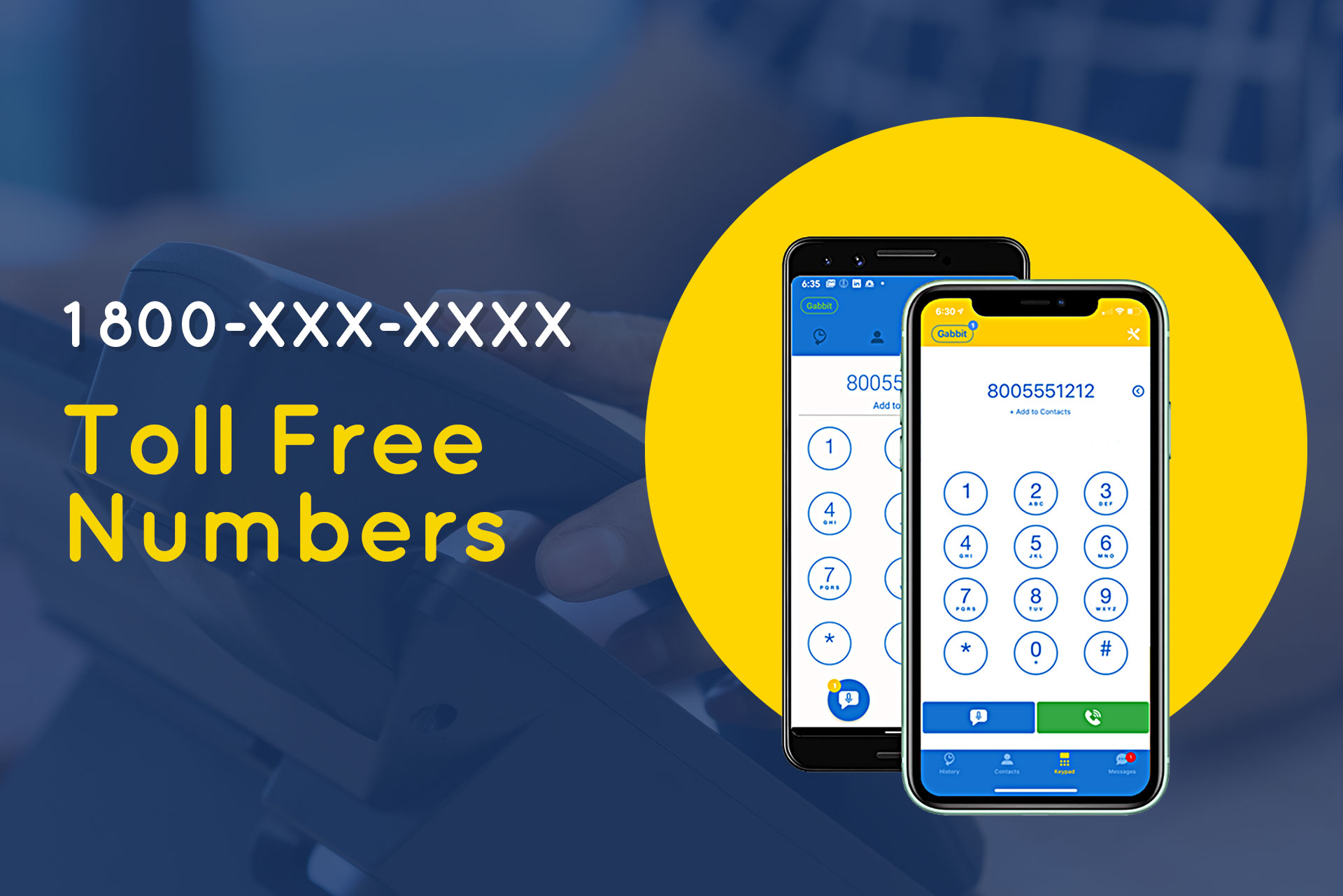The History and Future of Toll-free Numbers
Toll-free phone numbers unlock convenient, cost-free communication between customers and businesses across the United States. How did these essential digits become part of our daily lives, and where will toll-free calling take us in the future? Gabbit, a leader in VoIP for today’s small business cloud phones, offers you the scoop on toll-free numbers and their role in today’s communication.
The first toll-free phone system was launched to lessen the use of collect calling and ease the burden of live operators who handled these calls. Originally known as ‘Inward WATS’ (Wide Area Telephone Service), the system allowed callers to reach businesses without incurring a charge, with the receiving party footing the bill. A win for customer service was on the horizon. With the increasing popularity of toll-free calling, AT&T launched the first automated toll-free service in 1967, bearing the now-iconic 1-800 prefix. This system revolutionized the way customers interacted with businesses, enabling nationwide direct communication, and simplifying the process of obtaining information and services.
Throughout the 1980s and 1990s, as the demand for these numbers escalated, additional toll-free prefixes were introduced. Today’s toll-free number prefixes include 800, 888, 877, 866, 855, 844, and 833. Technological advancements played a pivotal role in shaping the toll-free landscape. With the integration of computerized systems, features such as call routing, automation, and tracking capabilities gave businesses unprecedented control over their customer interactions.

The original monopoly held by AT&T on toll-free numbers came to an end with the Telecommunications Act of 1996, which opened up the market to competition. As a result, multiple service providers emerged, giving consumers and businesses a variety of options for their toll-free services, and reducing costs.
In today’s business environment, toll-free numbers are an integral component of corporate branding and customer service strategies. They have transcended their original purpose, becoming tools for marketing, customer loyalty, and international reach. Toll-free numbers can also support SMS capabilities and have become more accessible to smaller businesses and individuals, thanks to Voice over Internet Protocol (VoIP) technology. Gabbit is the choice for businesses to harness the power of toll-free numbers with streamlined and reliable cloud-based communication solutions.
As communication channels diversify in the digital age, toll-free numbers continue to adapt. Innovations such as vanity numbers, which use words or memorable number sequences, have made them marketing powerhouses. Additionally, the rise of artificial intelligence is set to bring even smarter call routing and data analysis into the fold, ensuring that the toll-free number system remains a relevant and dominant force in business communication. Toll-free prefixes 822, 880 through 887, and 889 have all been reserved to manage growing numbers of toll-free numbers into the future.
What started as a simple way to improve customer relations and make calling easier for both businesses and customers has transformed into a multifaceted tool that continues to evolve.
Make sure your business stays on the cutting edge with state-of-the-art VoIP service from Gabbit. Let Gabbit show you why our cloud-based communication solutions are exactly what your organization needs.

